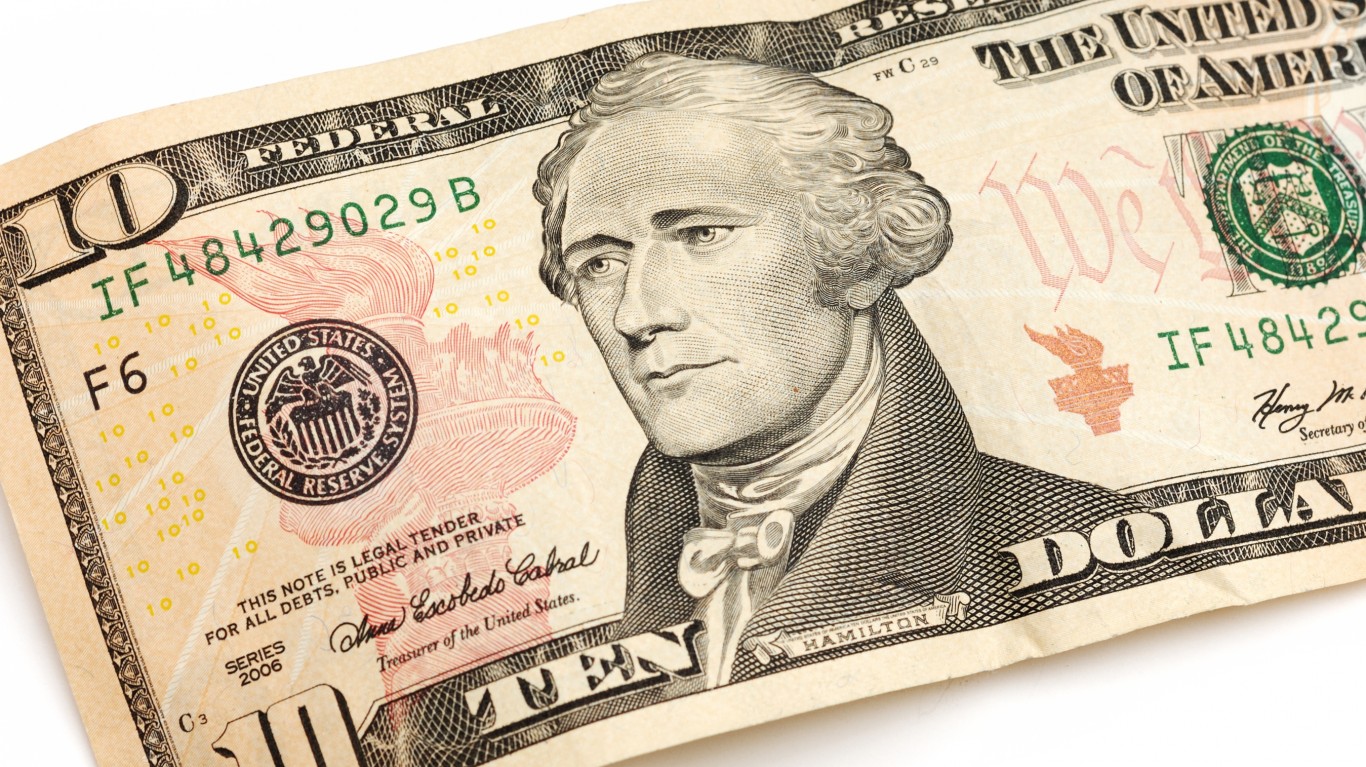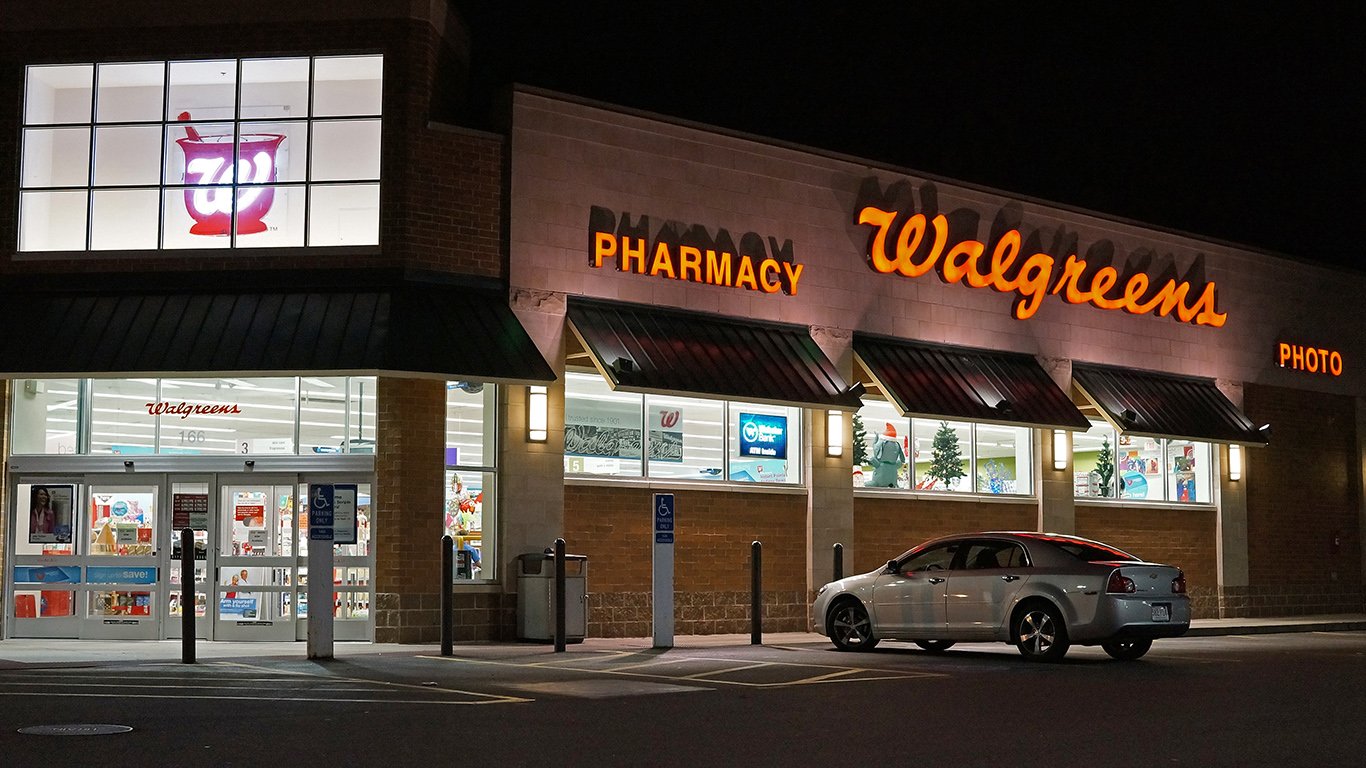 “Cash Burn Rate,” used to value companies with little or no revenues, was a popular term in the dot-com era. The burn rate is the amount of cash that is being used up over time. From this, analysts would calculate the period until a business would run out of cash, assuming the current operating costs continues.
“Cash Burn Rate,” used to value companies with little or no revenues, was a popular term in the dot-com era. The burn rate is the amount of cash that is being used up over time. From this, analysts would calculate the period until a business would run out of cash, assuming the current operating costs continues.
Read American Companies Running Out of Cash
Running a business just with cash on hand cannot continue forever if at some point losses cannot be turned into profits. Eventually, cash must flow into a business at a greater rate than it leaves or the business will face extinction. That is even true if a company sells assets, which will eventually run out, too.
In the early stages of the Internet, revenue generation was a key problem as many websites did not have a tangible product, let alone profits, to support the multi-million or billion dollar valuations. Many of these companies indeed ended up in the graveyard when the cash ran out and the dot-com bubble burst.
Fast forward a few years and Wall Street once again faced a similar situation. The recession, which officially started in 2007, has placed financial strains on many businesses. When revenue declines are not met with the same reduction in spending, they can lead to negative cash flow. Companies can take short-term measures to handle cash flow problems until conditions improve through borrowing or equity issues. However, poor market conditions make it harder for troubled companies to borrow. Businesses, even large ones such as Eastman Kodak and American Air parent AMR, without the capital to make it through an extended stretch of weakened economic conditions, have fallen into bankruptcy.
With that in mind, we wanted to see which companies today are burning through cash at a rate that should concern shareholders.
Capital IQ provided 24/7 Wall St. with a list of 38 non-financial companies that had a negative burn rate. That is, cash from operations in the latest 12 months was negative at these companies. Capital IQ calculated the monthly burn rate by dividing this annual number by 12. Next, the number of months before cash runs out was calculated by dividing the cash, cash equivalents and short-term investments by the monthly burn rate. We took a closer look at each company to find out if the numbers were misleading or if the company could indeed be facing serious liquidity problems.
Here are the seven companies that would run out of cash during the next 18 months based on their last 12-month burn rate.
Standard Pacific (NYSE: SPF): Homebuilder
> Cash and short-term investments: $406.8 million
> Monthly cash burn rate: $26.9 million
> Months before cash runs out: 15
Some homebuilder stocks are still down 75% or more from their peak market values. Standard Pacific is no different, although its shares have gained 22% over the past year. Even though there may be signs of a turnaround, we are including the company on this list because there is no guarantee of a housing recovery. Larger builders with greater financial resources may be able to better compete against smaller players, like Standard Pacific, in a favorable market for buying land. The 197 million common shares trade at less than $5 a share, and preferred shares can be converted into an additional 148 million common shares, which won’t help them raise cash through equity issues.
Also Read: American Cities Where Manufacturing is Booming
KB Home (NYSE: KBH): Homebuilder
> Cash and short-term investments: $415.1
> Monthly cash burn rate: $29.0 million
> Months before cash runs out: 14
KB Home shareholders have seen a 75% price increase to $12 from the start of 2012. However, the company’s debt-to-capital ratio is at 78%, and its cash level was cut in half during the past year, through November 2011. While investments in new developments account for some of the cash burn, $250 million went to pay back lenders and to resolving a bankrupt Las Vegas development. Like Standard Pacific, KB Home would welcome a turnaround in prices in the housing market.
Alliance One International (NYSE: AIO): Tobacco
> Cash and short-term investments: $150.6 million
> Monthly cash burn rate: $11.7 million
> Months before cash runs out: 13
Alliance One buys tobacco from suppliers and at auctions, to process and resell to manufacturers. Buying tobacco from international markets requires cash, often financed through borrowing. Resale prices tend to net low operating margins, roughly in the 15% range, which does not allow much room for error. An oversupply of tobacco in 2011 led to a sales decline and operating loss. Long-term borrowing has increased its cash, for now. Wall Street investors are not impressed, and the stock, which hasn’t reached a $5 price since 2010, dropped to around $3.65 recently.
Also Read: The Ten States With the Cheapest Gas
Overseas Shipholding (NYSE: OSG): Marine Transportation
> Cash and short-term investments: $54.9 million
> Monthly cash burn rate: $5.1 million
> Months before cash runs out: 11
Analysts expect more losses for the transportation of oil and petroleum sector in 2012. The industry has suffered from an oversupply of tankers and shipping rates at unprofitable levels. This is not good news for Overseas Shipholding, which has 11 months of cash remaining at its current burn rate. Standard & Poor’s as well as Moody’s have lowered the company’s long-term credit rating further into junk territory. Overseas Shipholding recently cancelled its quarterly dividend to preserve cash.
MarineMax (NYSE: HZO): Recreational Boat Retail
> Cash and short-term investments: $13.8 million
> Monthly cash burn rate: $2.6 million
> Months before cash runs out: 5
MarineMax, with 54 retail locations in 19 states, is the largest recreational boat dealer in the U.S. This seasonal business has been severely impacted by the economy. Slowing consumer spending tends to disproportionately affect big ticket items, such as boats. MarineMax revenue, which peaked at over $1.2 billion in 2007, was $480 million in 2011. Most of its debt is tied to inventory, but the company has no long-term debt on the books. An aging inventory crimps additional borrowing, and an inability of customers to obtain financing could further hurt results.
Also Read: America’s Ten Largest Websites
K-Swiss (NASDAQ: KSWS): Apparel & footwear
> Cash and short-term investments: $30.8 million
> Monthly cash burn rate: $7.5 million
> Months before cash runs out: 4
Performance footwear is a competitive market, and K-Swiss does not have the financial, distribution, and marketing resources of larger rivals, Nike and adidas. Revenue increased by 24% in 2011, but the operating deficits remained as costs increased as well. Capital IQ estimates that it will be just over four months before K-Swiss runs out of cash at its current operating deficit rate. Inventories have grown from $67 million in 2010 to $90 million at the end of 2011, a sign that its products aren’t moving off of the shelves. Converting this inventory into quick cash usually involves deep discounts. Despite its stock price rising in 2012, K-Swiss shares remain below $4, down 59% over a one-year period.
AK Steel Holding (NYSE: AKS): Steel
> Cash and short-term investments: $42.0 million
> Monthly cash burn rate: $15.0 million
> Months before cash runs out: 3
AK Steel produces flat-rolled carbon, stainless and electrical steels used by auto makers, power transmission and distribution manufacturers. A slowing global economy has lowered demand and prices for the steel industry since late 2008. AK Steel has posted losses in the three years since then and cash has dwindled. The short-term solution to its cash problem is to rely on the $517 million available on an asset-backed credit facility. Despite a 50% stock price decline over the last year, AK currently pays a five cent quarterly dividend, which adds about $1.8 million to its monthly cash burn rate.
Brian Zajac
Sponsored: Attention Savvy Investors: Speak to 3 Financial Experts – FREE
Ever wanted an extra set of eyes on an investment you’re considering? Now you can speak with up to 3 financial experts in your area for FREE. By simply
clicking here you can begin to match with financial professionals who can help guide you through the financial decisions you’re making. And the best part? The first conversation with them is free.
Click here to match with up to 3 financial pros who would be excited to help you make financial decisions.
Thank you for reading! Have some feedback for us?
Contact the 24/7 Wall St. editorial team.



